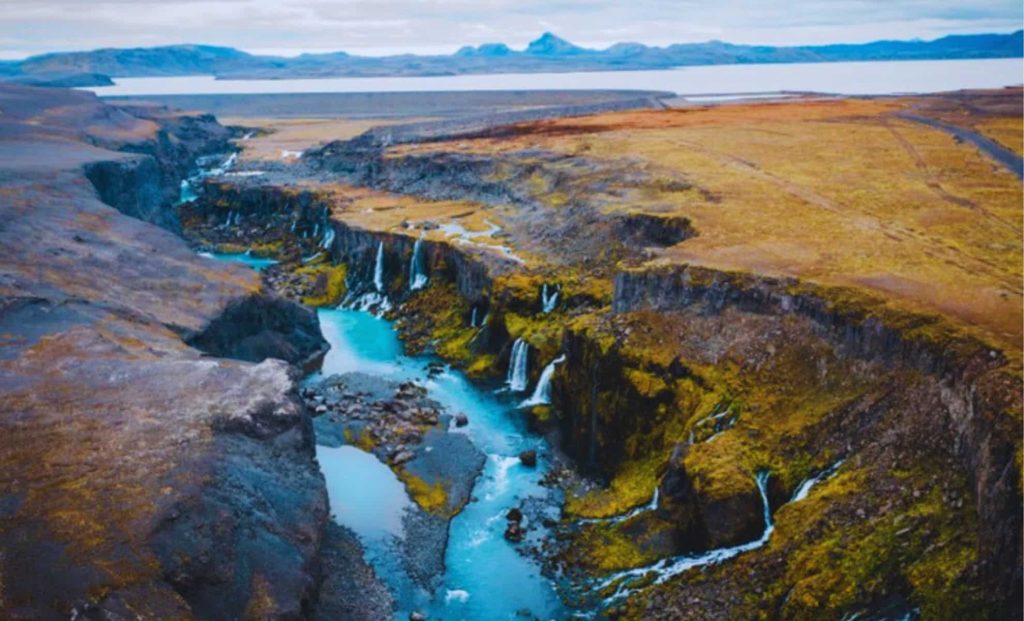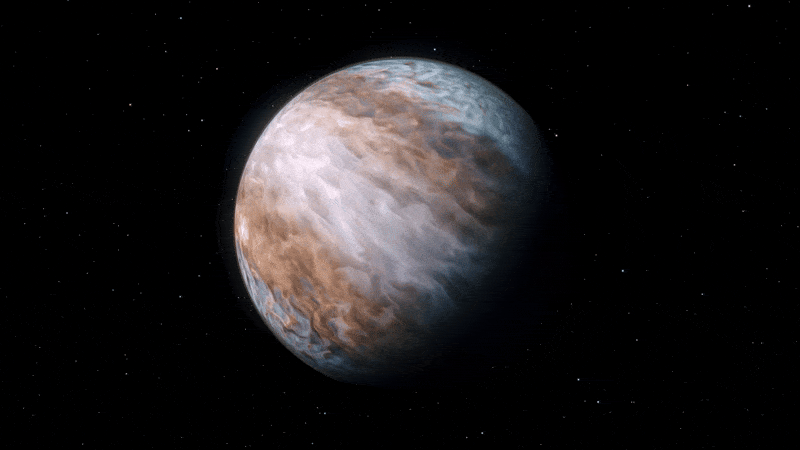Earth’s Biggest Geography Lie: Scientists Reveal Only Six Continents—North America and Europe Are One Continent – Indian Defence Review

What if everything you learned in school about Earth’s continents was wrong? New research has shaken the foundation of geography, suggesting that the planet might have just six continents, not seven. Even more shocking? North America and Europe might still be connected. This discovery challenges centuries of scientific understanding and raises jaw-dropping questions about our planet’s past. Everything you thought you knew about Earth’s continents might be wrong. Forget the tidy geography lessons about seven continents neatly divided by oceans. Groundbreaking research claims that Earth has only six continents, not seven, and the revelation could change how we see the planet forever.Dr. Jordan Phethean and his team at the University of Derby have unearthed evidence suggesting that North America and Europe aren’t separate continents after all. In fact, these landmasses are still in the process of breaking apart, meaning they may actually be one giant supercontinent hiding in plain sight.For decades, scientists believed that the North American and Eurasian tectonic plates had completely separated some 52 million years ago, creating the Atlantic Ocean and dividing the two continents. However, Dr. Phethean’s research turns that idea on its head.Using advanced geological analysis, his team found that these plates are still stretching, not fully broken apart. This groundbreaking discovery implies that what we thought were two continents might still be a single landmass. If true, this would redefine Earth’s geography and shake the foundation of what we teach in schools.The study zeroes in on Iceland, a volcanic island that has baffled scientists for decades. Traditionally thought to have formed from a volcanic hotspot 60 million years ago, Iceland now appears to be the geological glue linking North America and Europe.Dr. Phethean’s team revealed that Iceland and the Greenland-Iceland-Faroes Ridge (GIFR) are not isolated structures. Instead, they contain geological fragments of both the North American and Eurasian tectonic plates. This means Iceland is part of a much larger structure—a “Rifted Oceanic Magmatic Plateau” (ROMP)—that spans across what we currently call two continents.Dr. Phethean described the discovery as a “geological Atlantis,” uncovering hidden fragments of a lost continent beneath the ocean.If Dr. Phethean’s findings hold up, Earth’s geography will need a massive rewrite. The tidy idea of seven continents would collapse, replaced by a six-continent model where North America and Europe are unified.While this idea may seem far-fetched, the evidence is mounting. Iceland’s unique geology, combined with similarities found in Africa’s Afar region, supports the notion that the tectonic plates of these supposed continents are far more connected than previously thought.This means that instead of being static entities, continents are part of a dynamic and ever-changing process. As tectonic plates shift and stretch, the continents we know today are constantly evolving—and what we’ve learned in school may already be out of date.This isn’t the first time Dr. Phethean has unearthed shocking findings about Earth’s hidden geography. His earlier discovery of a “proto-microcontinent” between Canada and Greenland further supports the idea that Earth’s continents are in a constant state of flux. This ancient landmass, submerged beneath the Davis Strait, is about the size of England and provides another clue to the dynamic nature of plate tectonics.Understanding these processes isn’t just academic; it’s crucial for predicting future geological changes. From locating hidden resources to forecasting how Earth’s landmasses might shift millions of years from now, these discoveries could have profound implications.Dr. Phethean’s team is far from done. They’re diving deeper—literally and figuratively—into the mysteries of Earth’s geology. Using computer simulations and plate tectonic modeling, they aim to uncover more evidence of ancient connections between continents. They’re also planning in-depth analyses of volcanic rocks in Iceland to confirm the presence of an ancient continental crust.If successful, this research could rewrite everything from geology textbooks to resource exploration strategies. It might even change how we view Earth’s history, showing us a planet that’s far more dynamic—and far more mysterious—than we ever imagined.As Dr. Phethean’s work continues to reveal the hidden stories of Earth’s continents, it’s impossible not to wonder: what else don’t we know? Are there more lost continents waiting to be discovered beneath our oceans? Could the geography we know today look completely different in the next few million years?One thing is certain—our understanding of Earth is evolving just as rapidly as the planet itself. And as these discoveries unfold, we’re left questioning everything we thought we knew about the ground beneath our feet.The full study was published in the journal Gondwana Research.Got a reaction? Share your thoughts in the commentsEnjoyed this article? Subscribe to our free Newsletter for engaging stories, exclusive content, and the latest newsI guess that would make it 5 continents. What about africa and south america?Comment Save my name, email, and website in this browser for the next time I comment.
© 2024 | Indian Defence Review | All rights reserved






